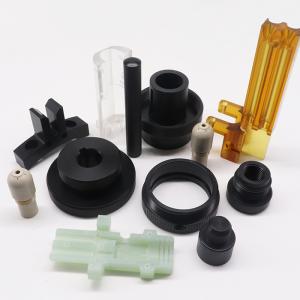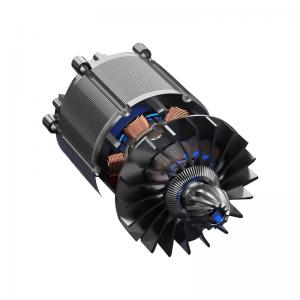Rapid Prototyping and Tooling
Introduction to Rapid Prototyping and Tooling
Have you ever wondered how products go from a mere 2D/3D concept to a functional item in such a short time? We certainly have, and it's been the driving force behind the industry of rapid prototyping and tooling. Thanks to machining, we've seen industries revolutionized, with product development timelines shrinking from months to mere weeks. It's not just about speed, though. The quality and innovation that quick prototyping brings to the table are truly game-changing. From intricate medical devices to cutting-edge consumer electronics, rapid prototyping has left its mark on virtually every sector.
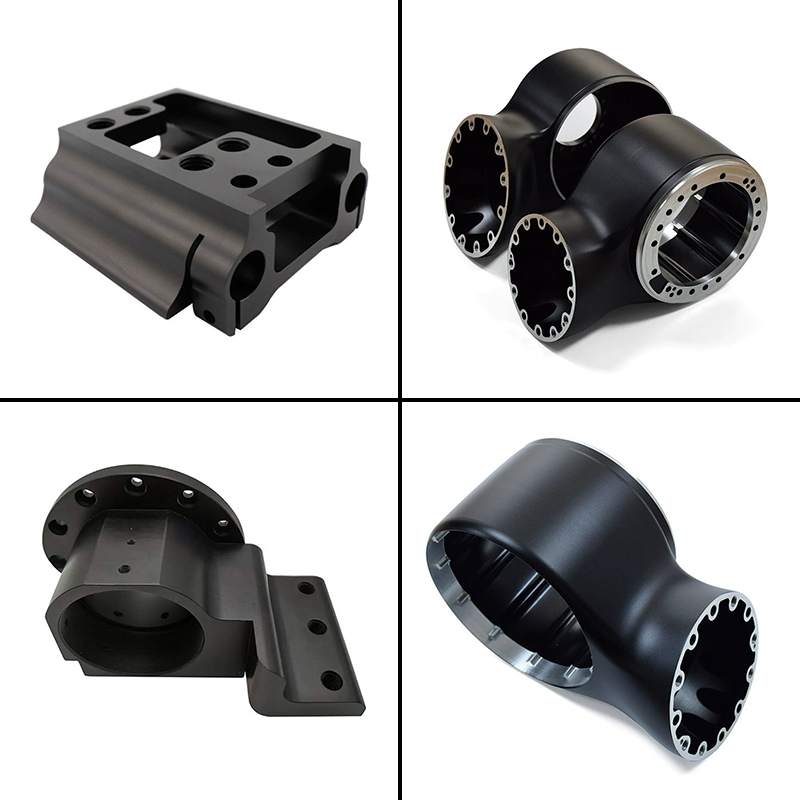
But what exactly makes rapid prototyping so revolutionary? Is it just about creating prototypes faster? Or is there more to the story? In this article, we'll share our insights, challenges, and triumphs.By the end of this journey, you'll see product development in a whole new light.
Understanding Prototype Machining
As we dive deeper into the world of product development, one term that consistently stands out is prototype machining. But what exactly does this mean, and why is it so crucial to our process?
Prototype machining refers to the process of creating physical models from digital designs. This is where precision meets creativity. We utilize advanced techniques like CNC (Computer Numerical Control) machining, which allows us to produce highly accurate prototypes in a fraction of the time it once took. Have you ever marveled at how quickly a concept can turn into a functional part? With CNC rapid prototyping, we can transform our ideas into reality almost overnight.
In our experience, the benefits of CNC rapid prototyping are numerous:
- Speed: The ability to produce prototypes quickly means we can test and iterate designs without long delays.
- Accuracy: CNC machines operate with incredible precision, ensuring that our prototypes match the original design specifications.
- Flexibility: Whether we need a single prototype or a small batch for testing, CNC technology adapts to our needs seamlessly.
Throughout our projects, we've seen firsthand how effective prototype machining can be. From intricate components in aerospace applications to custom parts for consumer products, the versatility of this technique is impressive.
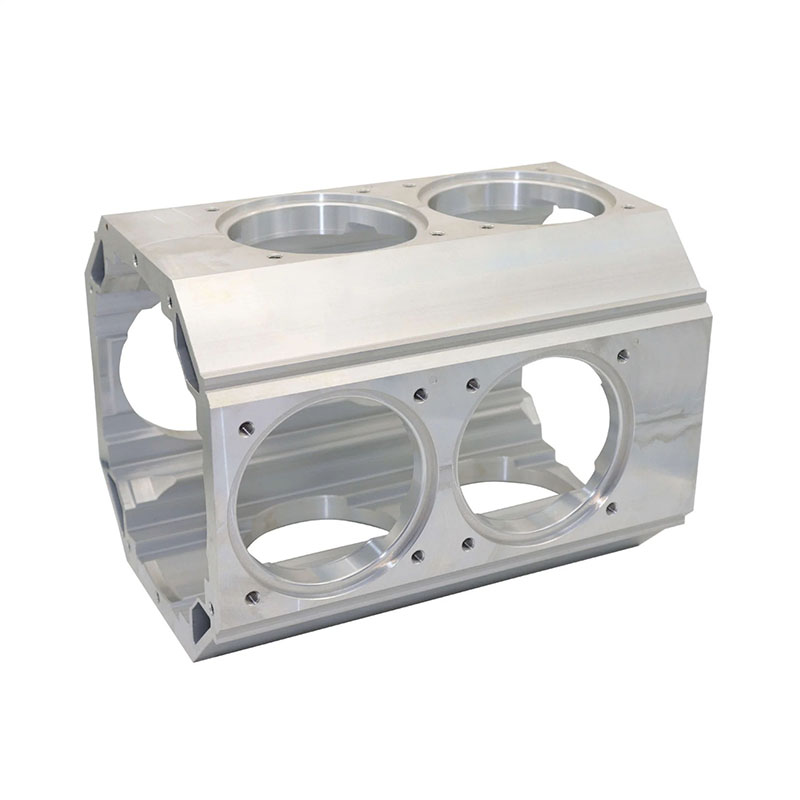
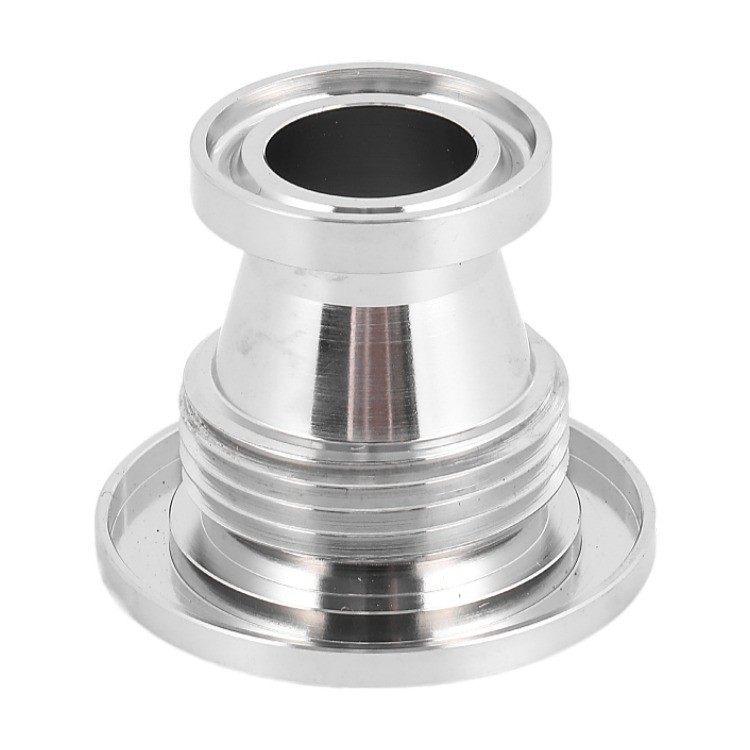
But how do we decide when to use prototype machining over other methods? What factors influence our choice? As we continue our exploration, we'll share the criteria we consider and the lessons we've learned along the way.
Exploring Metal Prototyping Techniques
As we transition from the precision of prototype machining, let's turn to more specific field of metal prototyping. Metal prototyping involves creating prototypes from various metals, allowing us to test form, fit, and function before committing to full-scale production. This process is essential for industries where durability and strength are critical. We’ve found that the methods we choose can significantly impact the final product's performance. One technique we frequently employ is rapid sheet metal prototyping. This method allows us to create complex shapes and designs using thin sheets of metal. But why do we favor this approach? Here are some key advantages:
- Cost-Effectiveness: Rapid sheet metal prototyping reduces material waste and lowers costs, making it an attractive option for initial design phases.
- Speed: The ability to quickly produce metal prototypes means we can iterate designs faster, leading to quicker feedback and adjustments.
- Versatility: This method supports a wide range of applications, from automotive components to electronic enclosures, showcasing its adaptability.
In our projects, we’ve seen how metal prototyping can lead to significant improvements in product design. For instance, when developing a new automotive part, rapid sheet metal prototyping allowed us to test various designs without the long lead times associated with traditional manufacturing methods.
But what challenges do we face in metal prototyping? How do we ensure quality while maintaining speed? As we delve deeper into these questions, we'll share our experiences and insights on overcoming obstacles in this dynamic field.
How About Prototype Plastic Parts
When it comes to creating plastic prototyping, we utilize various methods tailored to the specific needs of each project. From injection molding to 3D printing, the options are plentiful.
But why do we choose plastic for prototyping? Here are some compelling reasons:
- Lightweight and Durable: Plastic parts can be both lightweight and strong, making them ideal for a wide range of applications, from consumer products to medical devices.
- Cost Efficiency: Compared to metal, producing plastic prototypes is often more cost-effective, especially for small runs or initial testing phases.
- Design Flexibility: The ability to create complex shapes and intricate designs with plastic allows us to innovate freely without being constrained by material limitations.
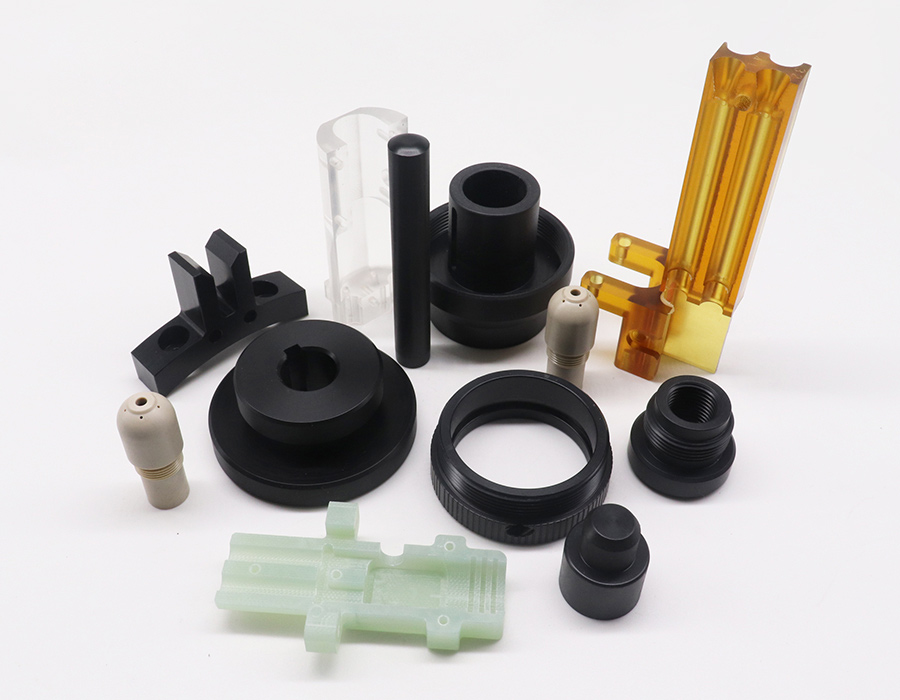
In our experience, plastic prototyping has significantly accelerated our development timelines. For example, when working on a new consumer gadget, we quickly produced several iterations of the casing using 3D printing. This rapid feedback loop enabled us to refine our design based on real-world testing and user feedback. However, what challenges do we face when working with plastics? How do we ensure that our prototypes meet the required specifications?
The Use of Rapid Tooling
As we continue our exploration of prototyping, let’s dive into a concept that has become essential in our workflow: rapid tooling. Have you ever considered how we manage to create molds and tools so quickly? This is where rapid tooling comes into play, significantly enhancing our ability to produce high-quality prototypes.
Rapid tooling refers to the methods we use to create molds and fixtures in a fraction of the time it traditionally takes. Why is this important for us? Here are a few reasons:
- Speed to Market: By using rapid tooling, we can reduce the time it takes to develop molds, allowing us to bring products to market faster than ever before.
- Cost Savings: Traditional tooling can be expensive and time-consuming. Rapid tooling minimizes both costs and lead times, making it an attractive option for prototype production.
- Improved Iteration: With quicker access to tools, we can test multiple designs and make adjustments based on real-world performance. This iterative process is crucial for refining our products.
In our projects, we've experienced firsthand how rapid tooling complements our efforts in creating both metal and plastic prototypes. For instance, when developing a new electronic device, rapid tooling allowed us to produce injection molds quickly. This efficiency enabled us to test various plastic casing designs without the long wait typically associated with mold creation. But what challenges do we face when implementing rapid tooling? How do we ensure that the tools we create are durable enough for testing?
Advantages of Fast Prototyping
As we reflect on our journey through various prototyping techniques, it’s essential to highlight the advantages of fast prototyping. Why has this approach become a cornerstone of our product development process?
One of the most significant advantages we’ve experienced is time efficiency. Quick prototyping allows us to move from concept to prototype in a matter of days, not weeks or months. This speed enables us to gather feedback sooner, which is crucial for refining our designs.
Additionally, cost reduction is another key benefit. Traditional prototyping methods can be expensive due to longer lead times and higher material costs. With rapid prototype machining, we minimize these expenses, allowing us to allocate resources more effectively across our projects.
Moreover, the flexibility that comes with rapid prototyping cannot be overstated. We can easily adapt our designs based on testing results without the fear of incurring significant costs or delays. This adaptability has led to more innovative solutions and improved product quality.

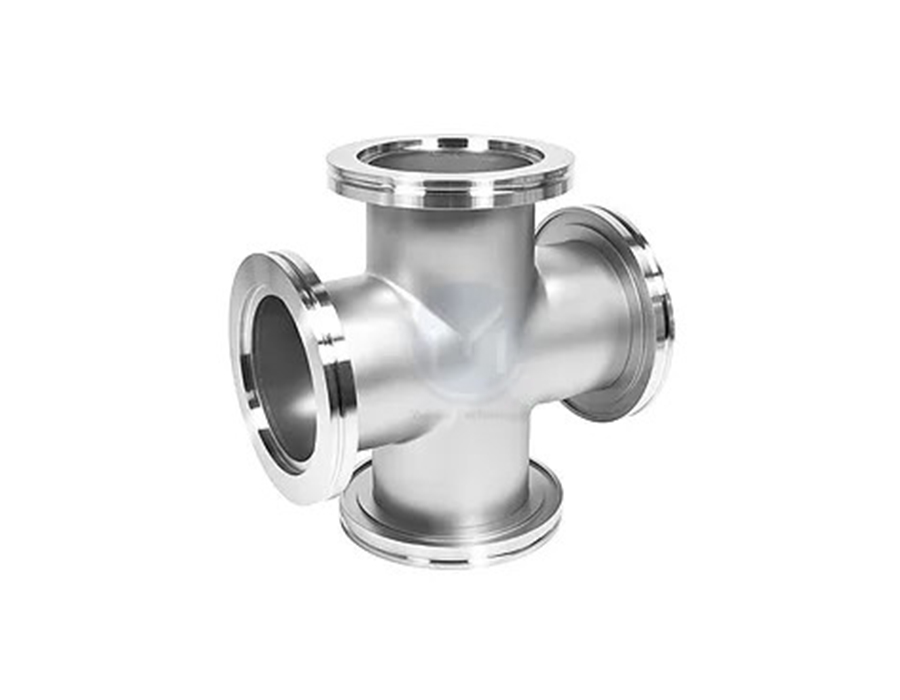
But what about the potential drawbacks? Are there limitations we need to consider? As we delve into these questions, we will share insights from our experiences and discuss how we navigate challenges in rapid tooling.
Overcoming Challenges in Fast Prototyping
As we celebrate the many advantages of rapid prototyping, it’s crucial to acknowledge the challenges we’ve encountered along the way. Have you ever wondered what obstacles we face in this fast-paced environment? Understanding these hurdles is essential for anyone looking to navigate the world of quick prototyping and tooling effectively.
One of the primary challenges we grapple with is maintaining quality while pushing for speed. In our eagerness to produce prototypes quickly, we sometimes encounter issues with precision and accuracy. How do we ensure that our prototypes not only meet design specifications but also function as intended? This question drives us to implement rigorous testing and quality control processes at every stage of development.
Another significant challenge is the integration of new technologies. The rapid evolution of tools and techniques in the prototyping space means we must continuously adapt. Are we keeping up with the latest advancements? We strive to stay informed and invest in training our team, ensuring that we leverage cutting-edge technologies effectively.
Additionally, managing client expectations can be tricky. With the promise of quick turnarounds, clients may expect immediate results without understanding the complexities involved. How do we communicate these nuances while maintaining strong relationships? We focus on transparency and education, helping clients appreciate the intricacies of rapid prototyping and tooling.

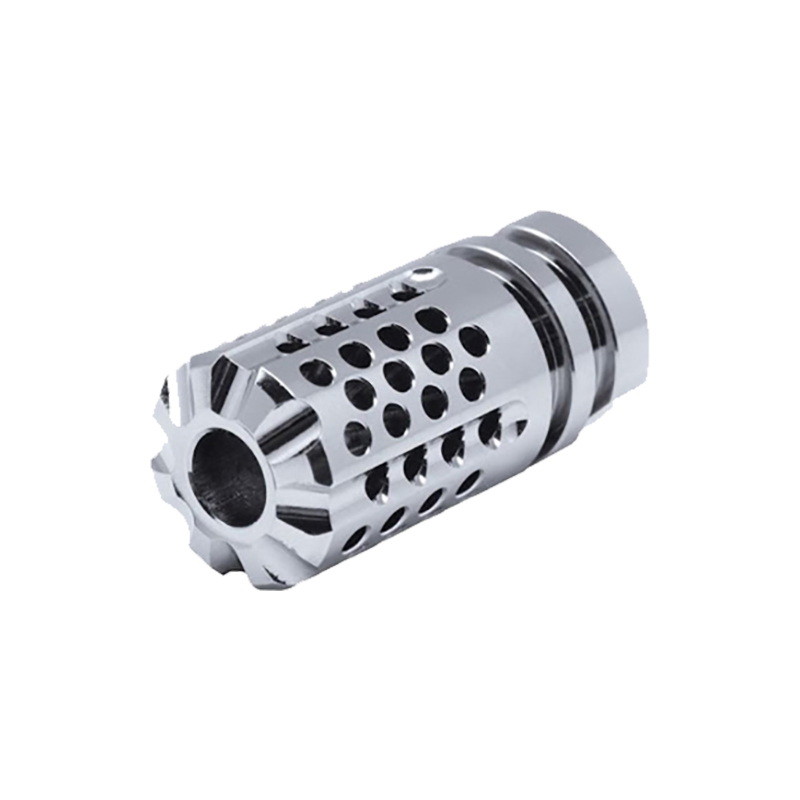
Despite these challenges, our commitment to innovation remains unwavering. Each obstacle has taught us valuable lessons that have strengthened our processes.


